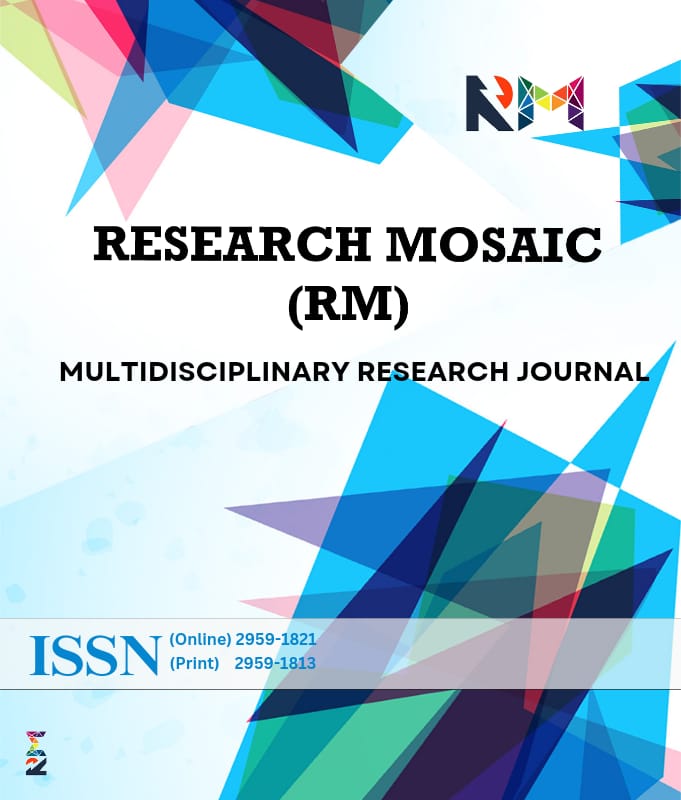The Contribution of Education Monitoring Authority in Improving Students’ Regularity and Basic Physical Facilities in Government Primary Schools
DOI:
https://doi.org/10.64428/rm/v5.i2.3Keywords:
Education Monitoring Authority, Monitoring, Student Regularity, Enrollment, Dropout, Absenteeism, Basic Facilities, IMUAbstract
This study aims to ascertain how well the Education Monitoring Authority (EMA) is able to increase enrollment in government primary schools, reduce absenteeism, and improve basic physical facilities. The study was quantitative in nature, and data was gathered using a survey research technique. The study's population was the head teachers of government primary schools for boys in district Charsadda. Through the Yamane Sampling Formula, 224 head teachers made the sample. Through a simple random sampling technique, 224 head teachers were sent the five-point Likert scale questionnaire through an online Google Form link. To examine the data, inferential (linear regression) for hypotheses testing and descriptive (percentages and frequencies) statistics were used. The results of the study demonstrated that most of the respondents disagreed with every statement regarding EMA's effectiveness in increasing students' attendance and regularity in government sector primary schools. Some suggestions were made to increase the students' regularity. According to the report, EMA staff members should focus more on student academic performance as measured by attendance, enrollment, dropout rates, and the total number of students enrolled, rather than just on the instructors' attendance records. The results also demonstrated that monitoring compliance was generally high, its ability to produce observable improvements in school resources and facilities seemed questionable, with a sizable percentage of respondents expressing either indifferent or unconvinced opinions regarding its effects. This suggests a possible discrepancy between monitoring initiatives and their practical effects, which may necessitate more open reporting, focused interventions, or changes to policies to improve outcomes and confidence.
Downloads
Published
Issue
Section
License
Copyright (c) 2025 Research Mosaic

This work is licensed under a Creative Commons Attribution 4.0 International License.


